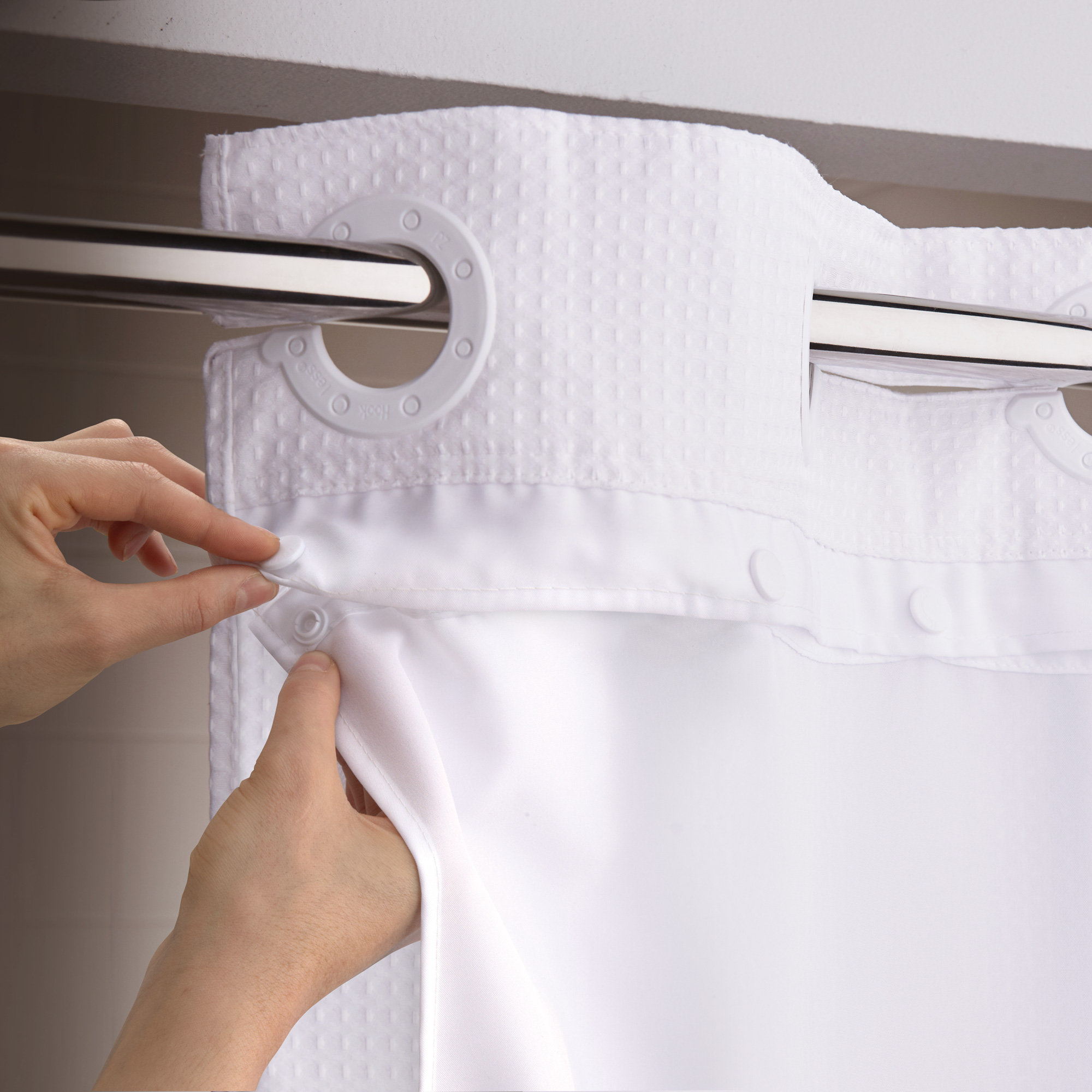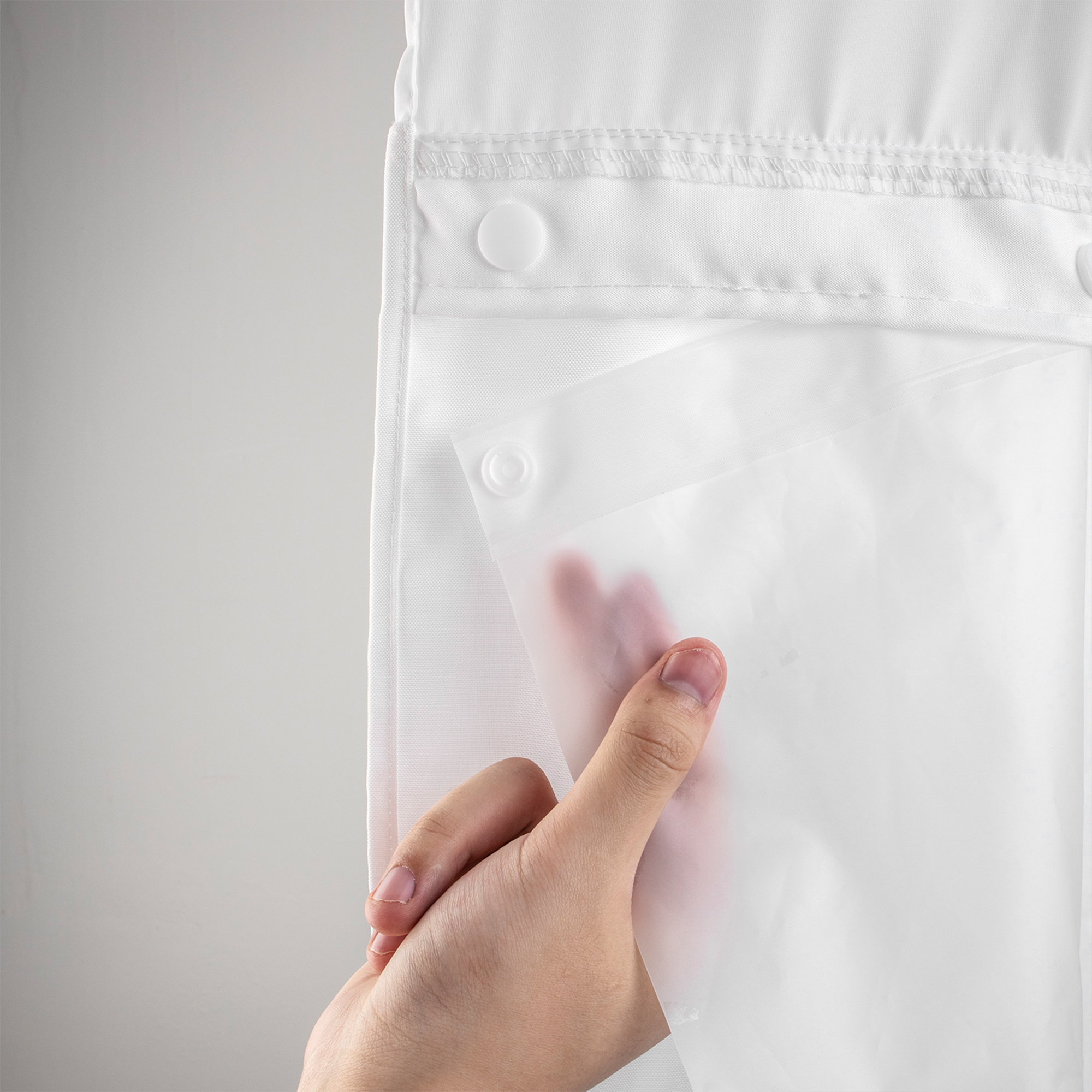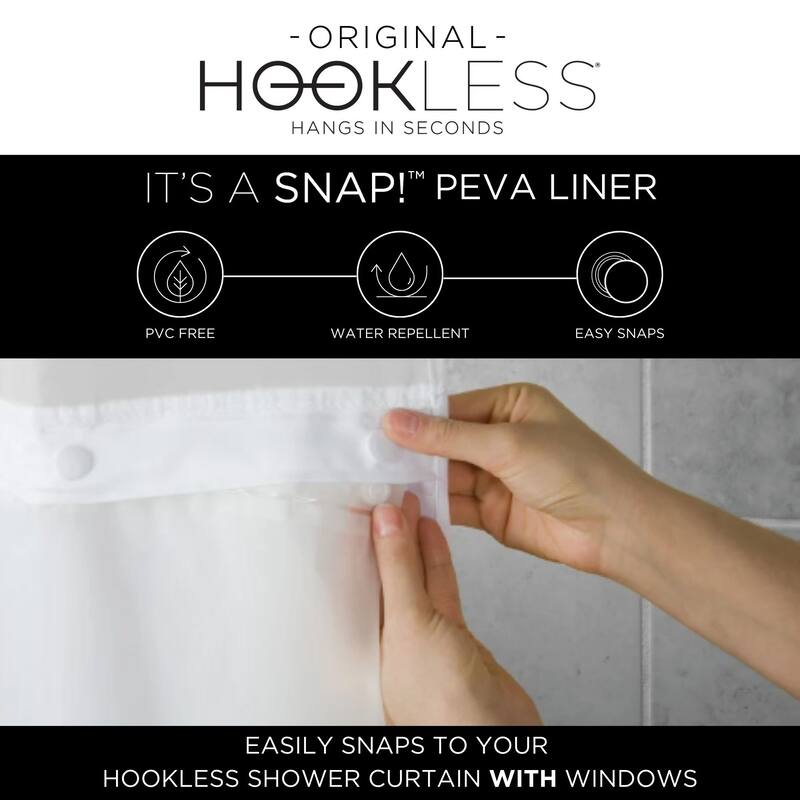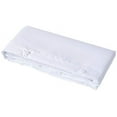Hookless Shower Curtain Snap Liner Replacement
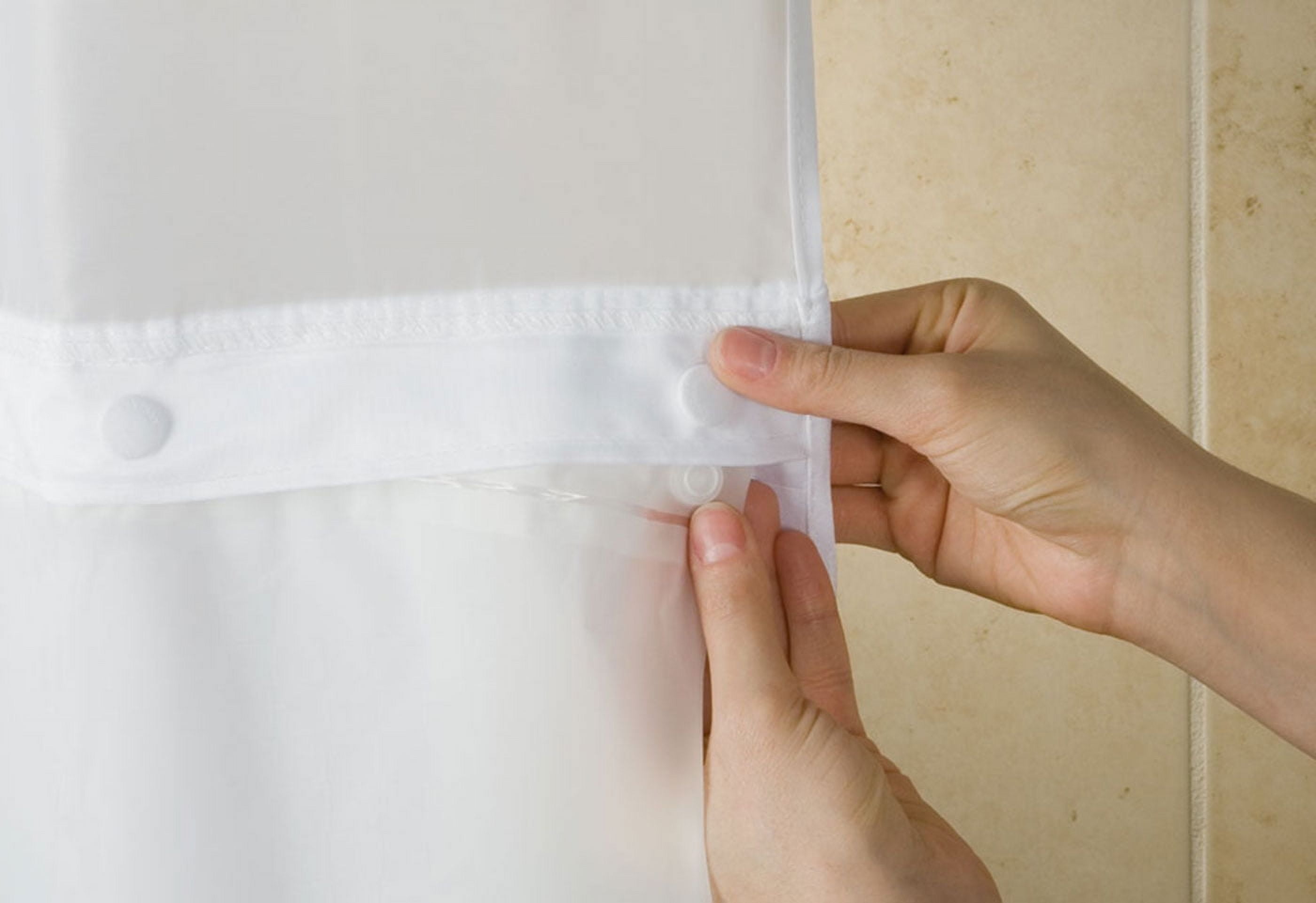
The seemingly simple act of replacing a shower curtain liner has become a flashpoint of frustration for consumers using hookless shower curtains. A design intended for ease of use is now triggering complaints, with many users struggling to find and replace the specific "snap-in" liners required for these curtains. What was marketed as a convenient upgrade has, for some, turned into a recurring headache and expense.
This article delves into the growing dissatisfaction surrounding hookless shower curtain liner replacements, examining the design limitations, the lack of standardized options, and the resulting consumer challenges. It will explore potential solutions and future trends within the bathroom accessory market, offering a comprehensive overview of this unexpected home goods hurdle.
The Promise and the Problem
Hookless shower curtains gained popularity for their promise of tool-free installation and simplified use. Instead of traditional hooks, these curtains feature built-in rings or openings that slide directly onto the shower rod. This design offered a cleaner aesthetic and was marketed as a user-friendly upgrade to traditional shower curtains.
The catch lies in the liner replacement. Unlike traditional liners that hang freely, hookless curtains require liners with specific snaps or buttons that attach to the curtain itself. These "snap-in" liners are not universally compatible, leading to a fragmented market of proprietary designs and limited availability.
Many consumers report difficulty finding the correct replacement liner for their specific hookless curtain model. This has led to frustration and a sense that the intended convenience of the hookless design has been undermined by the complexity of liner replacement.
A Marketplace of Proprietary Designs
One of the key issues contributing to consumer frustration is the lack of standardization in hookless shower curtain liner design. Each manufacturer often uses its own unique snap placement, size, and style. This means that a liner designed for one brand may not fit another, even if the overall dimensions are similar.
This proprietary approach limits consumer choice and forces them to rely on the original manufacturer for replacement liners. In some cases, these liners may be more expensive or harder to find than standard liners, creating a captive market.
This situation also contrasts sharply with the relative ease of replacing traditional shower curtain liners. Generic liners are widely available at various price points, and consumers can easily mix and match liners with different curtains.
Consumer Complaints and Concerns
Online forums and product review sections are rife with complaints regarding hookless shower curtain liner replacements. Users express frustration over the limited selection, high prices, and difficulty in finding compatible liners.
Many complain about the need to replace the entire curtain when the liner wears out, as replacement liners are either unavailable or too costly. This negates the initial appeal of the hookless design as a cost-effective and convenient solution.
"I love the look of my hookless shower curtain, but finding a replacement liner is a nightmare!," writes one frustrated user in an online forum. "I've spent hours searching online and still can't find the right one."
The Retailer Perspective
Retailers are also grappling with the challenges posed by the fragmented hookless shower curtain liner market. They must stock a wider variety of liners to accommodate different brands and models, increasing inventory complexity and potentially leading to higher costs.
Some retailers have responded by offering a limited selection of generic "universal" snap-in liners, but these may not be compatible with all hookless curtains. This can lead to customer dissatisfaction and returns.
According to a statement from a representative at Bed Bath & Beyond, the company is aware of customer concerns and is working with manufacturers to explore options for standardization and improved liner availability. However, they also acknowledge the challenges posed by the proprietary nature of many hookless curtain designs.
Potential Solutions and Future Trends
Several potential solutions could address the challenges surrounding hookless shower curtain liner replacements. One option is for manufacturers to adopt more standardized snap placements and designs, allowing for greater compatibility across different brands.
Another approach is to develop more versatile "universal" snap-in liners that can be adapted to fit a wider range of hookless curtains. These liners could feature adjustable snaps or alternative attachment mechanisms.
Ultimately, the future of hookless shower curtains may depend on the industry's ability to address the current challenges and provide consumers with a more convenient and cost-effective liner replacement experience. Alternatively, consumers may simply revert to traditional shower curtains, which offer greater flexibility and affordability.
The Environmental Impact
The frequent replacement of entire hookless shower curtains, due to the difficulty of finding compatible liners, also raises environmental concerns. Discarding these curtains contributes to landfill waste and increases the demand for new materials.
Encouraging manufacturers to prioritize durability and liner replacement options could help reduce the environmental impact of hookless shower curtains. Consumers can also consider opting for more sustainable liner materials, such as recycled plastic or organic cotton.
Organizations like the EPA advocate for product stewardship and extended producer responsibility, encouraging manufacturers to take greater responsibility for the environmental impact of their products throughout their lifecycle.
Moving Forward
The hookless shower curtain liner replacement issue highlights the importance of considering long-term usability and maintenance when designing and marketing home goods. While the initial convenience of a product may be appealing, consumers are increasingly scrutinizing its overall value and sustainability.
For consumers currently facing this dilemma, exploring online marketplaces, contacting the curtain manufacturer directly, and considering alternative attachment methods may offer temporary solutions. However, a more fundamental shift towards standardization and improved liner availability is needed to address the root of the problem.
Ultimately, the success of hookless shower curtains will depend on the industry's ability to deliver on its promise of convenience and ease of use, not just in initial installation, but also in long-term maintenance and replacement.


